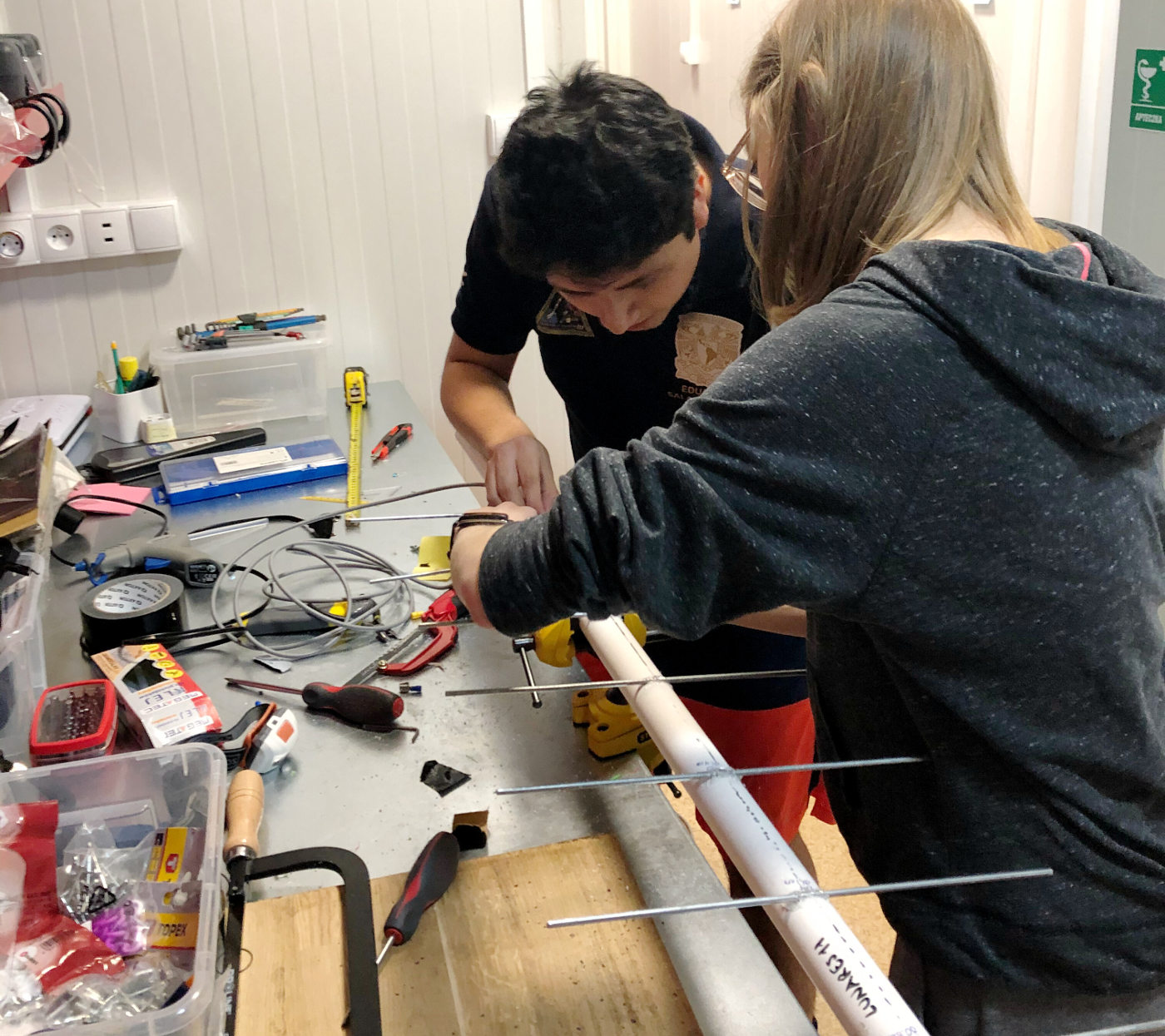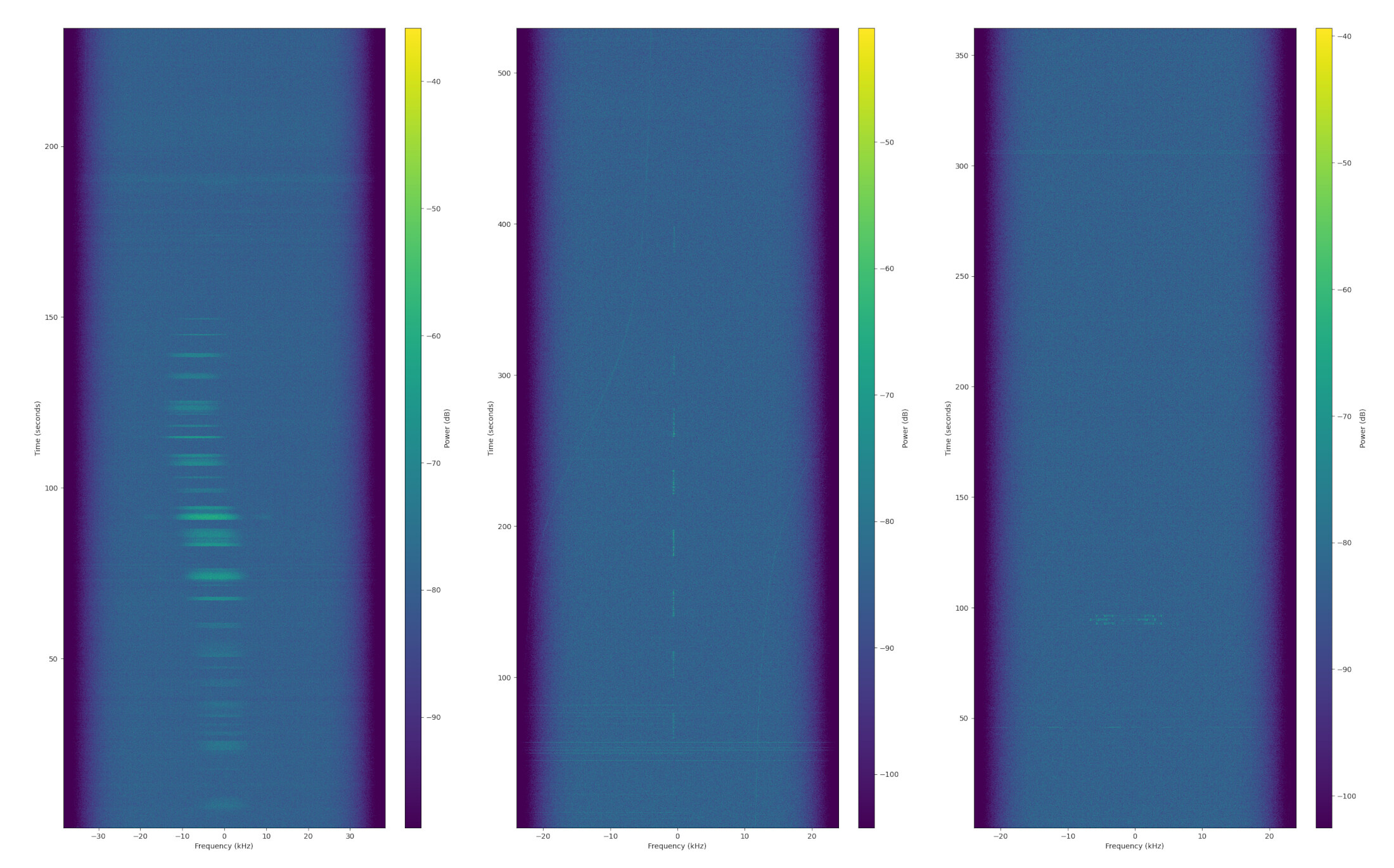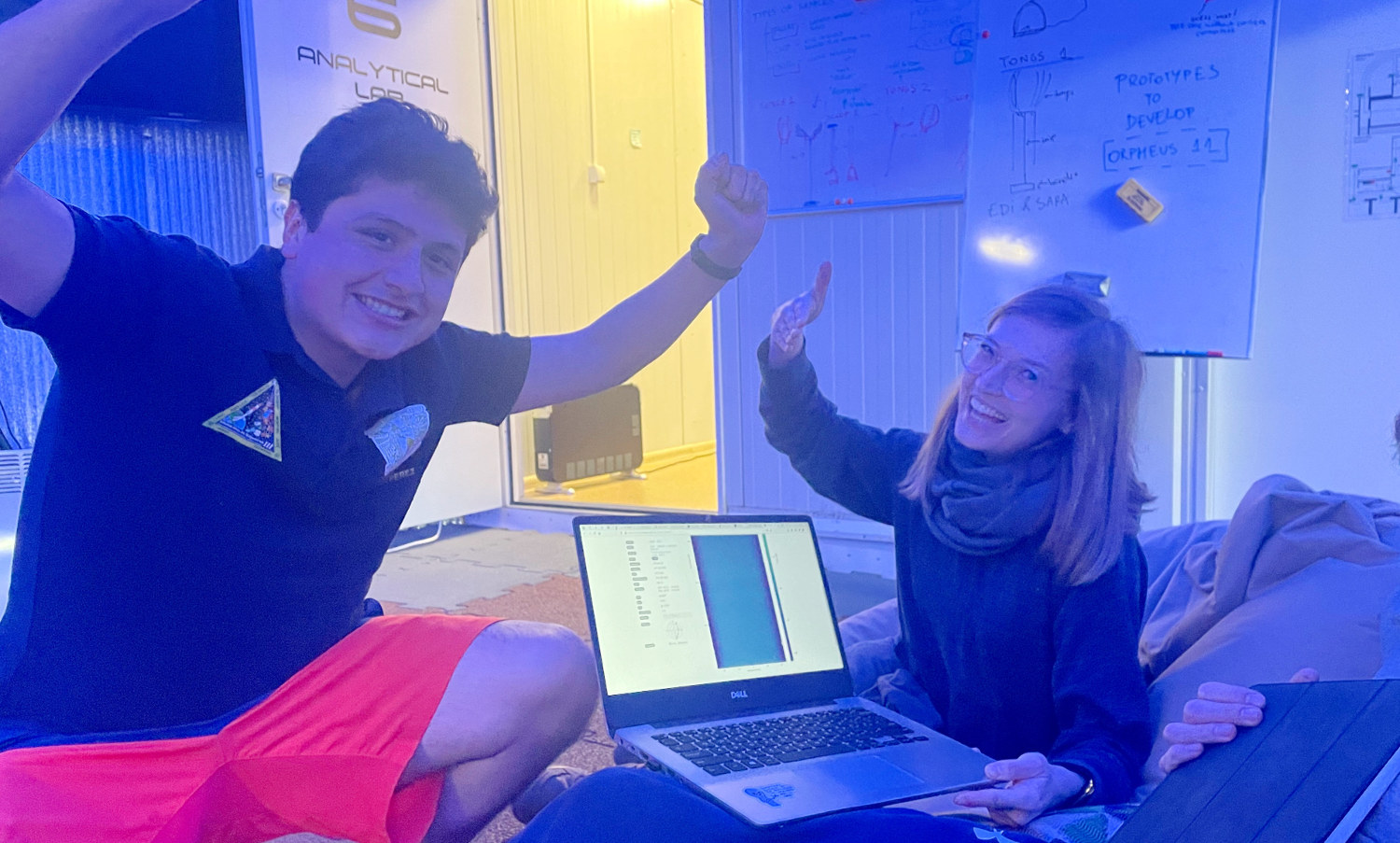During the two-week Analog Astronaut Orpheus 11 mission in the LunAres Research Station, we managed to build the working receiving ground station inside the habitat and listen to some amateur-band satellite transmission. The station included the Raspberry Pi with SatNOGS demodulation software and a habitat-made Yagi-Uda antenna that was constructed from basic materials that we had available in the research station. After connecting it to the SatNOGS network we were positively surprised that it… works!
What is the SatNOGS network?
SatNOGS is a global network of satellite ground stations and its founders always highlight that it was designed as an open-source participatory project The idea is simple: anyone can build their own ground station tuned to chosen frequency (amateur satellites' ones like 70cm or 2m are the most popular) and connect it to their network. SatNOGS provide needed software and hardware tutorials, allowing anyone to start their radio adventure quite easily. The most interesting thing for me was always their satellite database and ability to schedule satellite observations. It's something especially helpful for amateur satellite operators all over the world - they can monitor their satellite's performance at any moment all over the world. SatNOGS has automatic decoders connected to be able to decode transmitted beacons - if the signal is accordingly strong, the real data can be extracted from them.

Building the antenna and setting up the station

Yagi-Uda antenna build in LunAres
Do you wanna... build an antenna?
The idea was quite spontaneous. In our busy mission's schedule, there was only one partially free day - the eighth day of the isolation, Sunday. I was wondering what project could I possibly work on when Eduardo asked me about PW-Sat2, which was foreseen to deorbit in a few days. After a small talk when I complained that I probably heard it last time few days before the Orpheus, 'cause when we go out, it'll already burn, we realized that there is a Raspberry Pi available in the workshop and Edi has his Software Defined Radio with him, so... there was an option to listen to PW-Sat2 before its deorbit!
So, we simply got to work :). After finding a PCV pipe, few meters of rod and 50Ohm cable, we quickly constructed the Yagi antenna, connected it to Raspberry (with SatNOGS software installed) via SDR and... started to wave it according to polar plots with some random satellite's positions. And... we got some signals! They were not very strong and undecodable, but clearly visible on the SatNOGS waterfalls.
It's not that easy
Our two biggest opponents were limited capacities of the internet connection and metal construction in LunAres atrium’s roof. Especially the first one was quite a blocker - a lot of observations were not properly uploaded because of the overloaded connection.
The chosen antenna type was also quite an issue. We knew that an omnidirectional antenna would be better for this purpose, but we were lacking some materials and Yagi was just simply the easiest to create. After all - we're still quite satisfied with the achieved result. We left the SatNOGS setup in LunAres, so the next Analog Astronaut missions can continue the experiment, and we, as the main operators, try to catch more satellite signals in the future.
Goodbye PW-Sat2...
As I mentioned earlier - I had also a second goal in building the antenna - to catch the last frames of the PW-Sat2 satellite before it’s deorbiting. I have been a part of the operator’s team for almost a year and wanted to at least have a last look at the frames before the end of the mission - and we managed to do it! One day before the burn we caught a little bit of telemetry downlink, which is visible here. We also managed to see signals from KKS-1, KRAKsat, Światowid and a few other satellites - not yet decodable, but if some future Analog Astronauts improve the setup in the future - who knows… :)

Watefalls with visible satellite's signals

Happy Eduardo & me after catching first signals